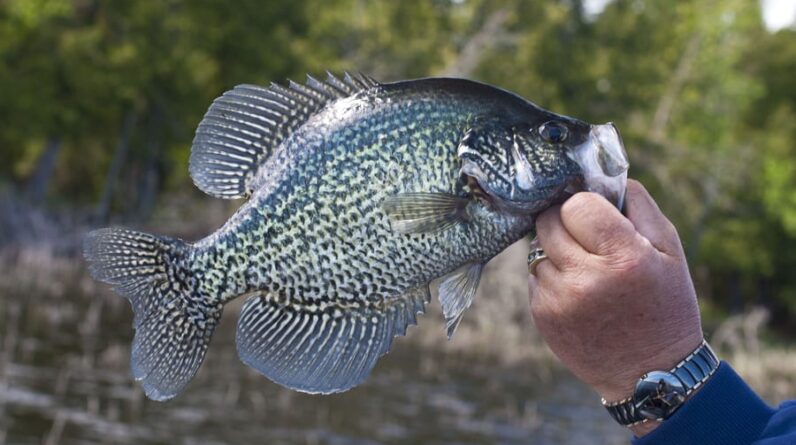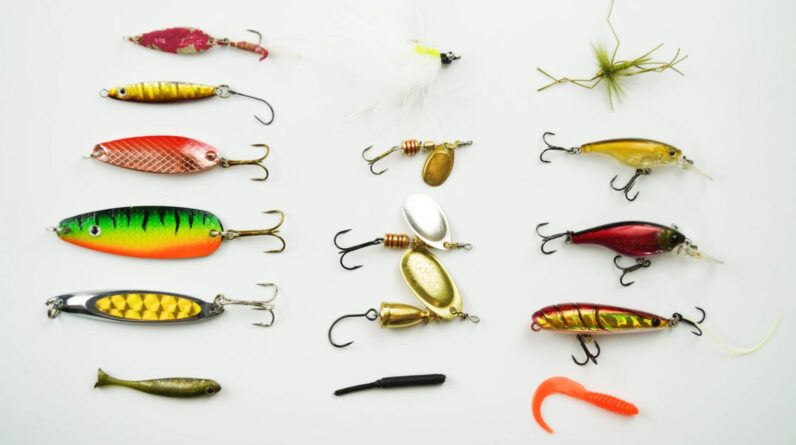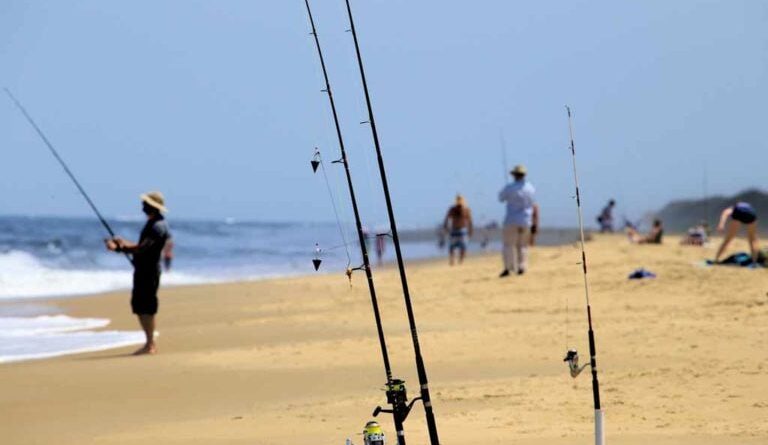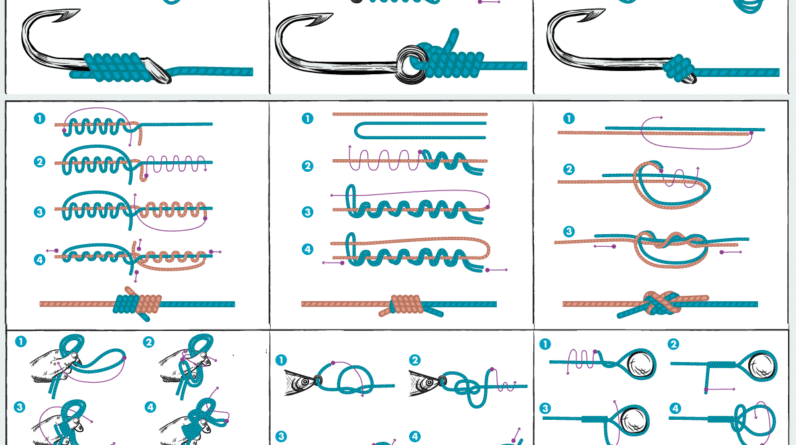Introduction: The Thrill of the Wahoo Chase
Wahoo (Acanthocybium solandri), often referred to as the torpedoes of the sea, are among the fastest and most aggressive pelagic predators. Known for their blistering speed, razor-sharp teeth, and fierce strikes, wahoo present one of the most thrilling challenges in offshore trolling. If you’re serious about targeting these prized game fish, you need the right combination of tactics, gear, location knowledge, and persistence.
In this in-depth guide crafted by the passionate fishing experts at Cheerfulfisherman.com, we reveal three highly effective trolling techniques designed to help you land that trophy catch. Whether you’re a seasoned angler or just starting out in offshore trolling, this detailed resource will give you the tips, strategies, and confidence you need to outsmart even the wariest of big-game fish. With practical advice, gear recommendations, and real-world insights, you’ll be one step closer to reeling in the fish of a lifetime.
Why Target Wahoo?
Wahoo are not just fun to catch—they’re a top-tier culinary delight and a bucket-list fish for many sportfishing enthusiasts. Here’s why targeting wahoo is worth your time:
- Speed: Capable of reaching speeds over 60 mph.
- Fight: Pound-for-pound one of the hardest fighting pelagic species.
- Taste: Firm, white meat that is prized for grilling, sashimi, and smoking.
- Size: Commonly reach 40–60 lbs, with monsters topping 100 lbs.
- Striking Power: Their hits are explosive, often ripping drag off reels instantly.
Understanding Wahoo Behavior
Before jumping into techniques, it’s vital to understand what drives wahoo.
- Habitat: Wahoo favor warm, blue water and are often found near drop-offs, reefs, and current lines.
- Feeding Habits: They are ambush predators, feeding on flying fish, squid, and other baitfish.
- Solitary Hunters: While sometimes found in pairs or small groups, they are usually solitary.
- Depth Range: Commonly caught in the upper 100 feet of the water column.

Essential Gear for Wahoo Trolling
Your success starts with the right gear. Here’s what you’ll need:
Rods
- 6’6” to 7’ heavy trolling rods
- 30–80 lb class for versatility and strength
Reels
- High-speed conventional reels with a 5:1 gear ratio or better
- Examples: Shimano Tiagra 30WLRSA, Penn International VISX 30, Avet Pro EXW 30/2
Line
- 50–80 lb mono or braid with mono topshot
- Wire leader essential due to their teeth (100–200 lb single-strand or multi-strand cable)
Terminal Tackle
- 8/0 to 10/0 hooks
- Cable crimps
- Snap swivels rated for 200+ lbs
Lures and Baits
- High-speed trolling lures, such as:
- Yo-Zuri Bonita
- Nomad DTX Minnow
- Black Bart Wahoo Candy
- Drone Spoons
- Jet heads rigged with ballyhoo
Technique 1: High-Speed Trolling
Overview
High-speed trolling is arguably the most popular technique for wahoo. These fish are built for speed, and trolling between 12–18 knots mimics fleeing prey.
Setup
- Troll 4–6 lures at 12–18 knots
- Space baits at varying distances from the boat: 50, 100, 150, 200 feet
- Use planers or downriggers to stagger depth (5–30 feet deep)
- Use heavy, weighted lures that can handle high-speed drag
Best Lure Colors
- Purple/black
- Red/black
- Blue/white
- Silver/green
Best Locations for High-Speed Trolling
- Ledges and drop-offs
- Seamounts
- Oil rigs and FADs (Fish Aggregating Devices)
- Current lines and temperature breaks
Pros and Cons
Pros:
- Covers a lot of ground quickly
- Triggers aggressive strikes
Cons:
- Fuel-intensive
- Requires durable gear

Technique 2: Downrigger or Planer Trolling at Mid-Speed
Overview
This method focuses on presenting lures deeper in the water column where wahoo often lurk. It’s slower (6–9 knots) but highly effective in cooler water or on days when fish are not hitting surface baits.
Setup
- Use downriggers or planers to reach depths of 30–60 feet
- Troll 2–4 deep lures along with 1–2 flat lines on the surface
- Mix natural baits (ballyhoo, mullet) with lures
Rigging Tips
- Use 3–5 feet of 200 lb wire leader
- Crimp connections
- Keep hooks sharp and strong
Best Time to Use This Method
- Early morning or late afternoon
- When the sun is high and fish go deeper
- During full moon phases
Pros and Cons
Pros:
- Increases coverage of water column
- Can entice fish that aren’t actively feeding
Cons:
- More complex rigging
- Slower speeds cover less area

Technique 3: Live Bait Slow Trolling
Overview
Live bait trolling is deadly for big, cautious wahoo. It requires finesse and patience but yields some of the largest fish.
Best Baits
- Blue runners
- Speedos (scad)
- Mullet
- Bonito (small)
Setup
- Troll 1–2 live baits at 2–4 knots
- Use circle hooks with stinger rigs
- Maintain 20–30 feet between boat and bait
Gear Adjustments
- Use light drag to prevent pulling bait off hook
- Slow-twitch bait to keep it lively
Best Situations
- When you spot surface activity
- Near floating debris, buoys, or seamounts
- When fish are shy about hitting lures
Pros and Cons
Pros:
- Highly effective in clear water
- Great for trophy wahoo
Cons:
- Requires live bait well
- Harder to cover wide areas

Seasonal Considerations
- Winter (Prime Season in Tropics): Cooler water draws wahoo closer to reefs and ledges.
- Spring/Fall: Transitional periods—trolling near current edges works well.
- Summer: Fish go deeper, use downriggers and high-speed trolling to entice bites.
Top Locations for Wahoo Trolling
- Bahamas: Fish the drop-offs and blue holes
- Puerto Rico: Offshore ledges, especially in winter
- Gulf of Mexico: Oil rigs and shelf edges
- Hawaii: Around seamounts and the ʻAuʻau channel
- Florida Keys: Winter is best near the edge of the Gulf Stream
- Panama (Hannibal Bank): Year-round action
Bonus Tips for Landing More Wahoo
- Be Ready for the First Run: Wahoo can strip 100+ yards in seconds. Set drag carefully.
- Use Outriggers: They help spread lures and prevent tangling.
- Sharp Hooks: Check and sharpen your hooks constantly.
- Wire Rigs Only: Mono gets cut instantly.
- Be Precise with Speed: Adjust based on bite conditions.
- Double Hook Rigs: Useful for large baits.
- Keep Coolers Ready: Wahoo meat spoils fast in heat.
- Use Teasers: Large surface splashers or daisy chains raise fish.
- Don’t Stop the Boat Immediately: Continue forward for 10–20 seconds to hook more fish.
- Log Every Trip: Track conditions, lures, and success rates.
Conclusion: Master the Art and Get the Big One
Trolling for wahoo is as much about precision and strategy as it is about speed and gear. With the right techniques—high-speed trolling, mid-depth planer trolling, and slow trolling with live bait—you’re well on your way to joining the ranks of serious wahoo anglers. Combine this with quality gear, attention to detail, and knowledge of fish behavior, and the odds of landing a monster wahoo increase dramatically.
So fuel up, rig up, and hit the blue water. The next blistering run might be the big one you’ve been waiting for.

Stay Tuned with CheerfulFisherman.com
For more guides, gear reviews, and fishing stories, make sure to follow us at CheerfulFisherman.com—where saltwater dreams meet expert advice.






